- Teeth and Gums
- Other Oral Conditions
- Dental Care Basics
- Treatment & Surgery
- View Full Guide
Your Options When Considering Dentures and Dental Implants
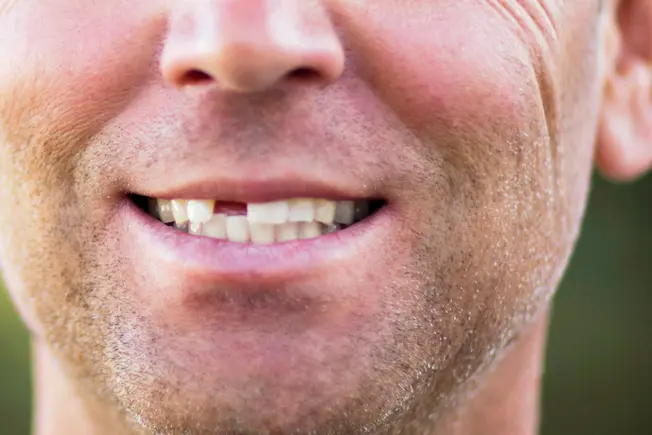
Replacing Your Teeth
If you lose all or some of your natural teeth -- whether from gum disease, decay, or injury -- you might need to replace them. Doing so will help you chew, improve your looks by preventing your mouth from sagging, and likely boost your confidence as well. Dentures and implants are tools your dentist can use to accomplish this.
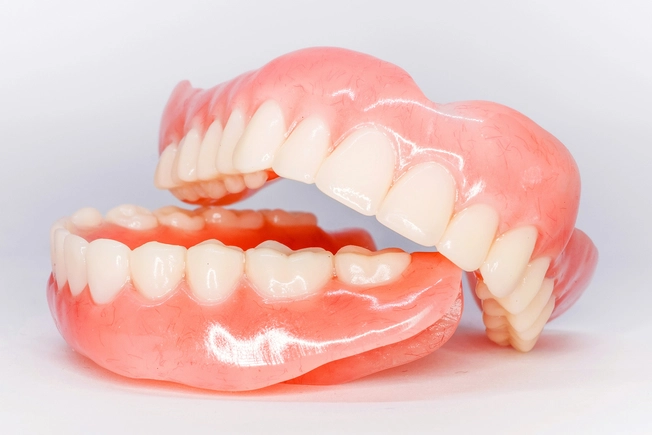
Dentures
Dentures sit on your gums and are usually removable. Many people need full or complete dentures, which replace all the teeth in your mouth. They come in two forms:
- Immediate: A dentist can put them in right after they remove your teeth.
- Conventional: You get these only after your gums have healed, which may take several months.
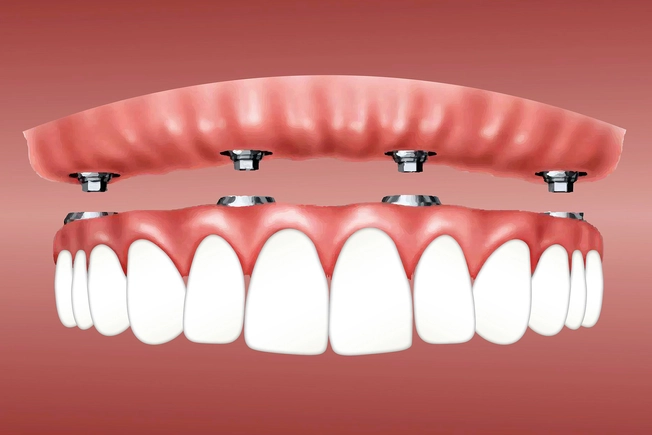
Overdentures
Your dentist prepares your teeth to be fitted with overdentures instead of removing your teeth entirely. They sit on top of your existing teeth or implants. This helps you preserve jawbone and gives more support for your dentures.
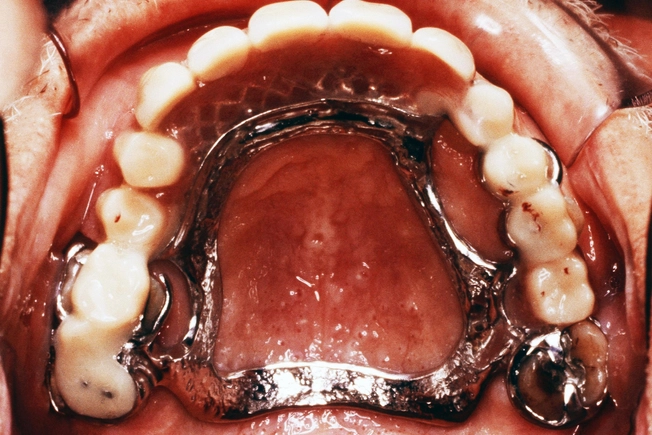
Partial Dentures
You may only need to fill a few spaces in your smile. Some partial dentures have replacement teeth attached to a metal framework or a plastic or nylon base (usually pink to match your gums). They attach to your teeth with clasps. Others have what are called precision attachments that attach to your natural teeth and show less.
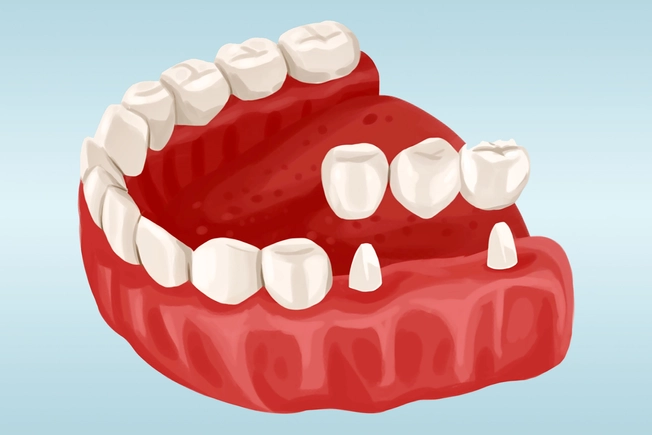
Bridges
Dentists sometimes call bridges fixed partial dentures. You attach them to crowns (caps) on surrounding teeth and they “bridge” the gap in your smile. Only a dentist can remove them. Common types include:
- Cantilever bridge: Your dentist cements it to a crown on one side.
- Maryland or resin-bonded bridge: This may be the best option if you’re missing front teeth. The false teeth connect to a frame that fits in your mouth. Wings on each side bond the bridge to existing teeth.
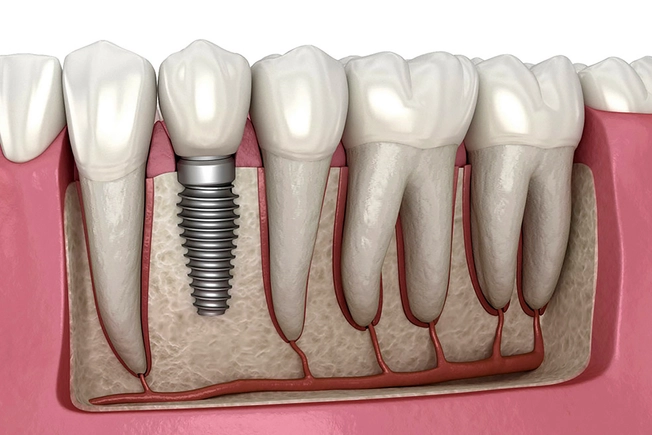
Implants
Implants are artificial tooth roots. Dentists can use them to replace one tooth, a couple of teeth, or all your teeth. Common types include:
- Endosteal implant. It can hold one or more teeth. Blades, cylinders, or screws fasten it into your jaw.
- Subperiosteal implant: It goes on top of your jawbone. Metal posts stick through your gum to hold it in place. It can help if you don't have enough bone to hold an endosteal implant.
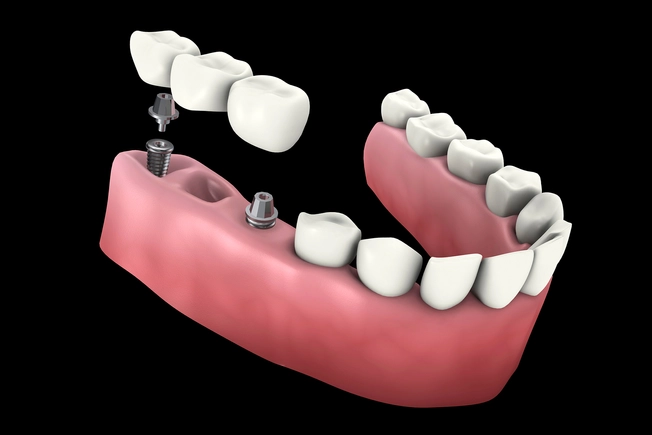
Implant Supported Bridge
Your dentist uses an implant to screw or cement this bridge to your jaw.
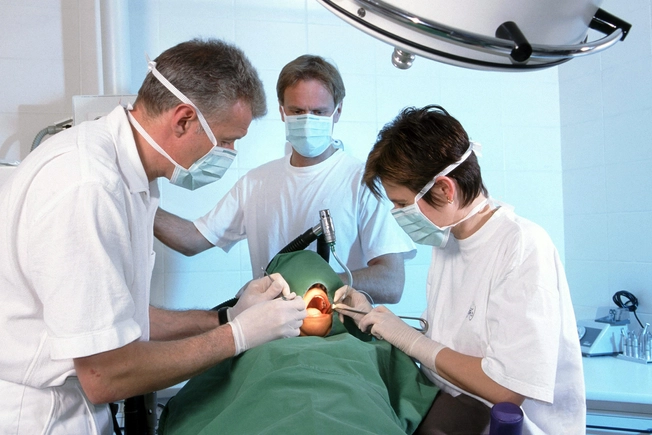
Implants and Dentures: Pros and Cons
An implant requires surgery, while dentures don’t. Dentures may be available more quickly, depending on the kind you get. Implants tend to have a more natural look and feel less bulky.